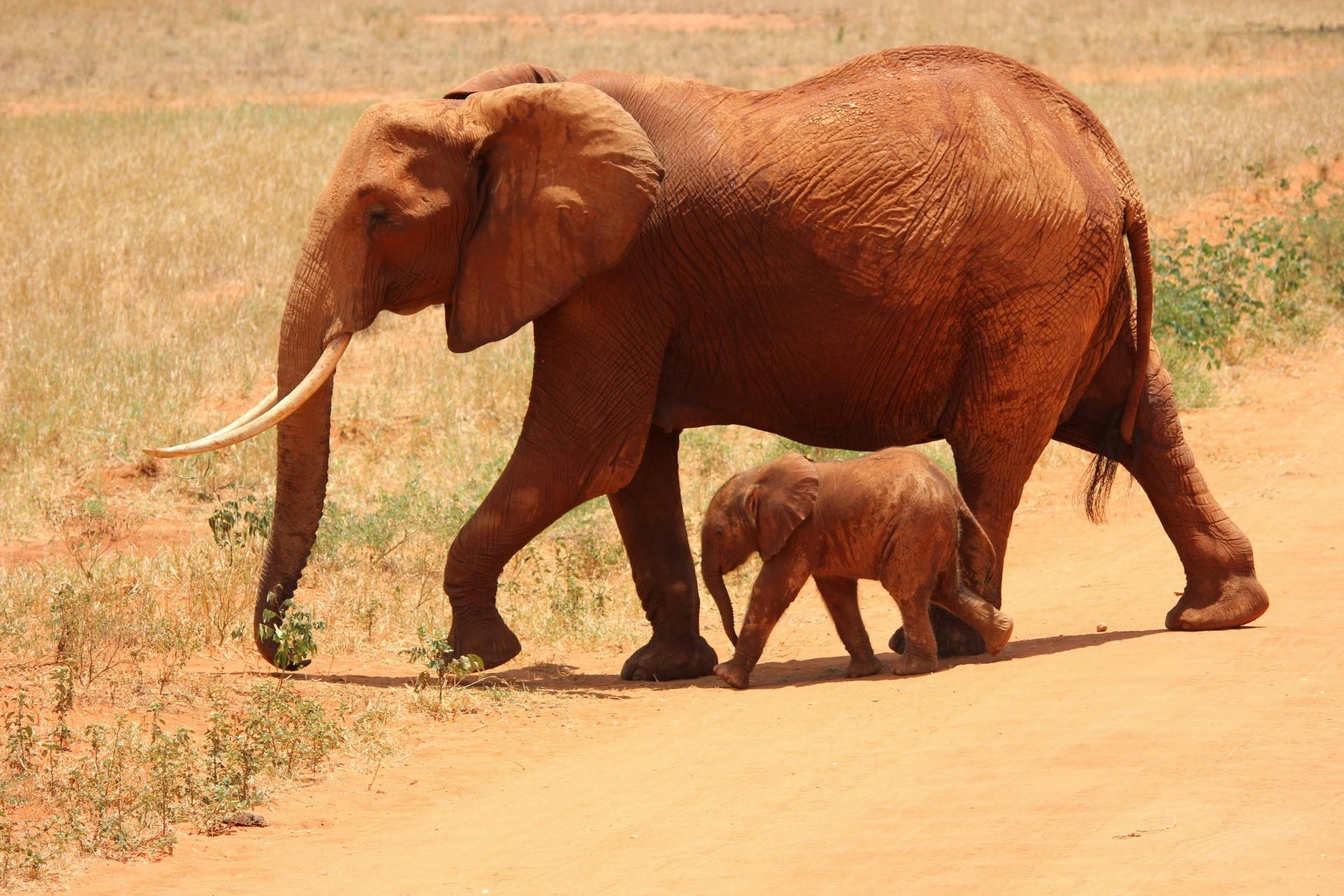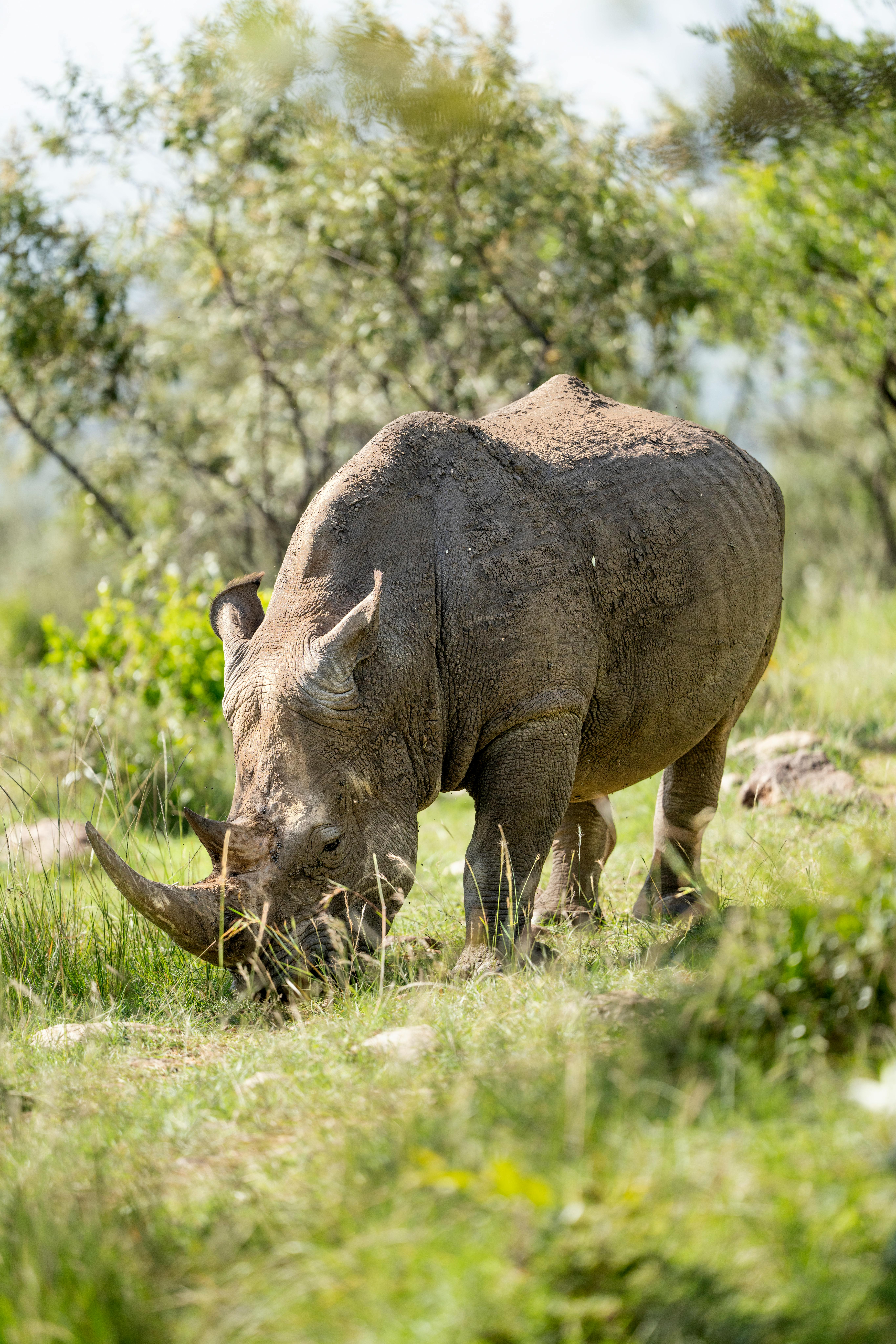Kenya Nature: Wildlife, Adventure & Conservation Guide (2025)
Let’s get this out of the way: Kenya’s nature is, frankly, legendary. That word gets flung around a lot—sometimes carelessly—but after over a dozen fieldwork treks (some planned, others gloriously haphazard), I can tell you firsthand there’s no cliché here. When someone mentions “Kenya,” most people’s minds leap to images of the Maasai Mara’s rolling grasslands drenched in the dusk light, elephants framing snow-capped Kilimanjaro, a parade of flamingos painting Lake Nakuru pink. Sure, that’s all true. But honestly, Kenya’s natural story is even more surprising—and complicated. Did you know that this nation harbors nearly every kind of landscape on Earth, from tropical coral reefs to moody cloud forests, deserts, volcanic craters, and alpine glacial peaks? That’s right: it’s not just a “safari country.” Actually, let me clarify that—it is a safari country, and also so much more1. (And yes, I still get goosebumps every single return.)
Kenya’s Mind-Blowing Ecological Diversity
Ever tried to list all of Kenya’s ecosystems from memory? I have. Spoiler: you’ll run out of notepad—or phone battery—before you’re done. Kenya’s nature is outrageously diverse. Picture this: a morning tracking lions in dusty savannahs, lunch in a rainforest thick with colobus monkeys, sundowners beside an alpine lake, and if you hustle, snorkeling over coral in warm Indian Ocean waters before dusk. Does this sound like marketing? Nope. This is very much a Tuesday in Kenya during fieldwork season2.
- Savannahs & grasslands (think Maasai Mara, Amboseli, Tsavo)
- Afromontane rainforests (Kakamega Forest is a must, trust me—birders lose their minds here)
- Alpine regions (Mount Kenya, Africa’s second-highest peak, icy even in July)
- Great Rift Valley’s dramatic escarpments and lakes
- Coastal ecosystems: mangroves, coral reefs, salt marshes, and white beaches
- Arid lands and ancient deserts (Northern Kenya: undiscovered, haunting, transformative)
- Volcanic craters and soda lakes (Remember when soda lakes trended after National Geographic’s 2023 coverage? That was all Kenya3.)
Why Kenya Stands Out Globally: More Than a Safari Icon
Let me be blunt—tens of thousands of travelers loop through Kenya for bucket-list game drives and Instagrammable sunsets. That’s fine. But to grasp Kenya’s real environmental significance, you have to dig deeper. It’s not just the “Big Five” (lion, elephant, buffalo, leopard, rhino). It’s the sheer density of endemic species (organisms found nowhere else), the extraordinary cultural-ecological interactions (Pastoralist Maasai, Samburu, Turkana communities weaving symbiosis with wildlife), and, honestly, an openness to global visitors that few countries deliver with such authenticity. I’m partial to Kenya’s public parks model—40+ government-protected reserves, plus dozens of innovative community conservancies5. I’ll admit, the first time I visited a Maasai-run conservancy (way back in 2012, early days!), it was a revelation—a new type of story about nature, ownership, and stewardship.
People ask me: “What elevates Kenya above—say—Tanzania, Botswana, or South Africa as a wildlife destination?” Here’s my answer—beyond just scale and numbers, it’s the variety and the proximity: in just a week, you’ll traverse life zones that take a month to see elsewhere. Survey after survey confirms Kenya as Africa’s top “first-time” nature destination, but repeat travelers and pro researchers keep returning. That should tell you something6.
Best Wildlife Experiences: Beyond the “Big Five”
Here’s what really surprised me my first time guiding visitors in Samburu: Most people forget—or never even hear about—the non-famous species. Think about it: Grevy’s zebra (the world’s largest, with pinstriped pajamas), endangered Rothschild’s giraffe, bizarre gerenuks with their elongated necks snacking upright like gazelles on stilts. Even the birdwatchers (bless them) are spoiled for choice: more than 1,134 bird species have been catalogued in Kenya, outpacing any other African country7. There’s a reason the BBC keeps filming here.
- Wildebeest Migration: The “Great Migration” (July–October), roughly 1.5 million wildebeest plus zebras and gazelles—an ecological spectacle that’s even more chaotic in person than on TV8.
- Rare Mammals: Watch for African wild dogs in Laikipia, elusive bongo antelope in Aberdares, and the desert-adapted oryxes and gerenuks of the north.
- Epic Birding: The Rift Valley lakes (especially Naivasha, Baringo, and Nakuru) are “migration bottlenecks” for Eurasian species—you can see Eurasian bee-eaters, storks, and more mingling with resident birds.
- Insect Spectacles: Butterfly season in the Kakamega Forest (March–June) is a hidden gem. Honestly, I didn’t even know this until a local ranger shared his field notebook with me in 2021.
Comparing Kenya’s Parks: Features, Wildlife, and Seasonality
| Park/Reserve | Signature Wildlife | Best Visiting Season | Unique Features |
|---|---|---|---|
| Maasai Mara | Lions, Wildebeest, Cheetahs | July–Oct, Dec–Feb | Great Migration, Big Cats, Balloon Safaris |
| Amboseli | Elephants, Buffalo, Birds | Jan–Mar, May–Jun | Kilimanjaro Views, Swamps, Photogenic Herds |
| Samburu | Grevy’s Zebra, Gerenuk, Leopards | Jun–Sep | Unique Northern Species, Cultural Visits |
| Lake Nakuru | Flamingos, Rhino, Leopards | Jan–Mar, Jun–Sep | Birdlife, Soda Lake, Cliff Drives |
What always amazes me is how quickly you adapt to “animal fever.” The first morning, every impala feels like a miracle. By day three, you’re tracking leopards by calls, arguing over sunbird IDs, half-wishing you had one more day in the rain. A mentor of mine once said, “Wildlife in Kenya is the world’s great equalizer—it strips away pretense, and all you’re left with is awe.” Couldn’t agree more.
“To visit Kenya’s wild spaces is to witness evolution in real time—a privilege, a responsibility, and at least once a day, a source of pure astonishment.”
Unique Landscapes & Hidden Gems: The Other Side of Kenyan Nature
Everyone waxes lyrical about the Mara, but I’ve made my best memories in places that don’t sell out their tented camps six months in advance. For genuine ecological drama, try Hell’s Gate, with its towering lava cliffs, natural geysers, and—get this—cycling safaris among herds of zebra. Or Kakamega, that primeval rainforest where the noise of insects sometimes drowns out your own thoughts (not hyperbole; bring earplugs if you’re a light sleeper!).
- Kakamega Forest: Last remnant of the great Guineo-Congolian forest belt east of the Congo. It’s home to rare De Brazza’s monkeys and 400+ butterfly species.
- Chyulu Hills: Volcanic cones, hidden lava tubes (I once got lost for 40 minutes here—don’t repeat my mistake, bring a local guide), and some of Kenya’s best walking safaris.
- Arabuko Sokoke: Africa’s largest coastal forest, with elephant shrews and rare endemic birds. The local guides have eyes sharper than most binoculars, in my experience.
- Lake Turkana: The Jade Sea—a haunting green horizon ringed by volcanic wilderness. The further north you go, the fewer the tourists, the starker the wonder.
Admittedly, some of these spots require more effort (and a hefty sense of humor) to reach. But the payoff? Uncrowded trails, local insight, and—occasionally—a sense of being let in on a secret.

Seasonal Tips: When and How to Explore Kenya’s Nature
Here’s a hard-earned secret from years of juggling safari schedules: there’s no such thing as a “bad” season, only different flavors of wild. If you come expecting the Mara to look the same year-round, you’ll miss the region’s real magic: transformation. Kenya’s weather isn’t just a footnote; it’s the backbone of the natural calendar. And lately, with global climate weirdness knocking schedules askew, flexibility is your best friend10.
- July–October (Dry + Migration): Prime time in the Mara, but also the busiest. Great for predators, river crossings, and dust-in-your-teeth adventure.
- November–December (Short Rains): Grasslands green up, birdlife explodes, parks thin out. If you don’t mind some mud, it’s excellent.
- January–March (Dry Calm): Ideal for Amboseli, Samburu, and Rift Valley lakes. Game hugging waterholes, crisp mornings, affordable rates.
- April–May (Long Rains): Wet, lush, and photogenic—fewer tourists, discount rates, but some muddy roads. Personally, I love watching new calves and the whole landscape maxed out in color (just pack rain boots).
A client once asked: “Is there ever a time animals disappear?” Short answer? No—migration just means “different show, same cast.” Even when the “great herds” cross into Tanzania, Kenya’s resident wildlife and birds fill the gap. Plus, the coastal marine reserves (like Kisite-Mpunguti and Watamu) hit their peak visibility in October–March—a secret the diving community clings to closely11.
Conservation: Realities, Lessons, and Hopes
Let’s shift gears. Kenya’s natural story isn’t just about spectacle—it’s about stewardship, challenge, and, sometimes, heartbreak. I’ve worked alongside rangers who’ve lost sleep (and friends) to poaching. Yet I’ve also seen local-led projects reverse fortunes for cheetahs and vultures—at a pace, honestly, that puts some Western parks to shame12.
- Poaching Pressure: Elephant and rhino populations are on the rebound—with caveats. Kenya Wildlife Service reports a 70% drop in poaching since 2014, but vigilance is crucial. Last March, I watched an anti-poaching patrol in action—not something you forget.
- Community Conservancies: Over 160 community-run areas now protect 11% of Kenya’s land—upending the old “government-only” conservation model. These blend traditional stewardship with tourist dollars13.
- Climate Change & Drought: East Africa’s rainfall patterns are shifting. The resulting droughts hammer both pastoralist families and wildlife—2022’s event was the worst in four decades. Solutions? There’s hope in drought-resilient grazing and smart water projects, but it’s still an uphill game.
- Invasive Species & Overgrazing: Not as “sexy” for headlines, but just as critical. Mesquite and opuntia cacti crowd out native grasslands, while livestock numbers sometimes rival wildlife. The solutions here require nuanced, sometimes messy, collaborations.
I’m still learning, honestly. There’s more nuance as you dig deeper: balancing tourism’s dollars and ecological impacts, respecting indigenous knowledge, fighting the ever-present “parachute conservationist” dilemma (you know the type). And yet, what gives me hope? The genuine commitment I see in Kenya’s communities and new generation of scientists.
Quick Comparative Data: Kenya’s Nature by the Numbers
| Feature | Kenya | Regional Average (EA) | World Rank |
|---|---|---|---|
| Protected Area % | ~13% | 9% | Top 20 |
| Endemic Bird Species | 11 | 4 | #1 in Africa |
| Annual Visitors (2023) | 2 million | 1.1 million | #2 in Africa |
| Eco-label Lodges | 190+ | 52 | Top 10 globally |
Let that data sink in. Kenya’s not perfect (what country is?), but its natural resource investment outpaces regional peers, and its eco-tourism community is quietly setting standards others now follow.
Essential Travel Planning & Responsible Adventure
Getting the most out of Kenya’s diverse nature means more than checking boxes on a list. It’s about intentionality and, if I’m being completely honest, a little humility. No matter how many times I prep for a “routine” field season, Kenya always throws at least one curveball: unpredictable weather, migration detours, or some new park protocol that catches even locals by surprise. But that’s what keeps it honest, right?
- Research your parks: Each has its own “personality.” Friendliness to self-drive, types of guides, local community rules—all matter.
- Time your trip: For birding, the European winter (Nov–Apr) delivers a wild influx of migrants. For big cats: Maasai Mara and Samburu in dry season.
- Choose lodges wisely: Eco-labels, community partnerships, and guide training all impact your experience and the environment.
- Respect local regulations: Stay on roads, follow animal-viewing distance rules, and always ask permission for photos—people and wildlife both appreciate respect.
Quick Facts & Travel Data: What You Need to Know for 2025
| Category | Key Data | 2025 Trend/Note | Resource Link |
|---|---|---|---|
| Visa policy | E-visa system for all; no on-arrival | Streamlined since Jan 2024 | Immigration Kenya |
| Medical | Yellow fever, malaria risk in some areas | Check CDC/WHO for updates | CDC Kenya |
| Park Fees | Average $50–$80/day | Higher in premium parks | Kenya Wildlife Service |
| Accessibility | Major parks wheelchair accessible | Expanding options as of 2025 | Magical Kenya |
References & Further Reading



